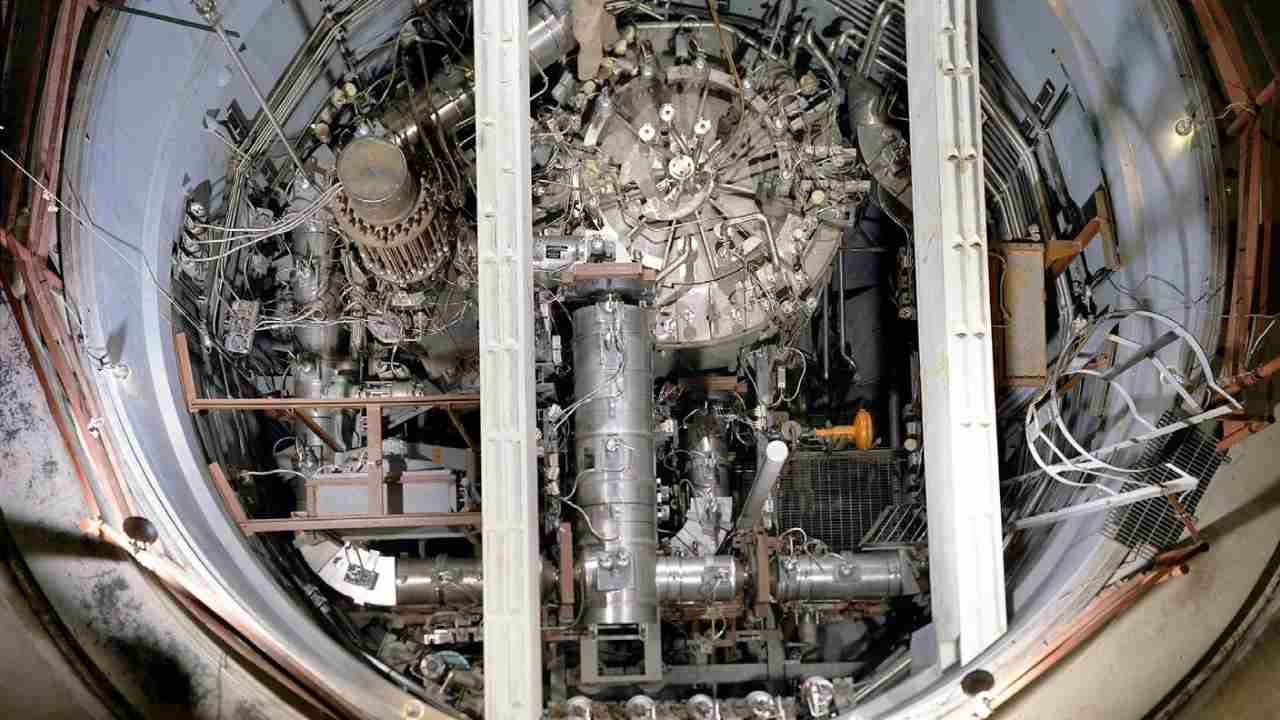Chinese scientists have achieved a significant milestone in clean energy tech after successfully adding fresh fuel to an operational thorium molten salt reactor. This breakthrough, utilizing a prototype molten-salt reactor fueled by liquid thorium instead of uranium, marks a significant step forward in the global transition from fossil fuels to cleaner and more efficient energy sources.
Xu Hongjie, the project’s lead scientist, announced at an April 8th meeting at the Chinese Academy of Sciences that this achievement positions China as a global leader in nuclear innovation.
Interestingly, the concept of thorium reactors originated in the United States in the 1950s. However, the U.S. ultimately prioritized uranium. This early research was later declassified, providing a foundation for the current Chinese project.
According to Xu, as reported by the South China Morning Post, China capitalized on this publicly available research. He drew an analogy to Aesop’s fable, stating that just as the tortoise can surpass a lazy rabbit, China seized an opportunity left by the U.S.
The experimental reactor, which began operation in June 2024, is located in a secure facility in the Gobi Desert, near the Mongolian border. It can continuously generate two megawatts (2MW) of energy, enough to power approximately 2,000 homes. This output is about twice the minimum capacity of standard utility-scale generators.
Thorium reactors are a type of molten salt reactor (MSR). In these reactors, a fuel source is dissolved in a molten salt, which serves both as a coolant and part of the fuel mixture. Once inside the reactor, this mixture is heated to over 600 degrees Celsius (1,112 Fahrenheit) and bombarded with high-energy neutrons. This process causes the thorium to transform into uranium-233 atoms, which then undergo nuclear fission, releasing energy.
Molten salt reactors are considered much safer than traditional solid fuel reactors because they cannot experience a meltdown. If exposed to air, the molten fuel simply cools and solidifies. This inherent safety feature means that accidents like Chernobyl and Fukushima would be impossible with thorium reactors.
Furthermore, these reactors produce significantly less nuclear waste than conventional uranium reactors. Notably, waste from solid fuel uranium reactors can even be used as fuel in molten salt reactors.
While MSRs can use uranium, thorium is generally preferred as a fuel source due to its greater abundance (three times more than uranium) and easier extraction.
China has long aimed to establish a fully operational thorium-powered power plant. The country, a significant contributor to global carbon emissions, with roughly 27%, has set a goal to achieve carbon neutrality by 2060 under President Xi Jinping’s directives.
Thorium presents a particularly appealing solution for China as the nation has recently discovered vast reserves of the element within its borders. Some estimates from a national geographical survey suggest that China possesses enough thorium to meet its energy demands for an astonishing 60,000 years, according to the South China Morning Post.
The initial concepts for molten-salt reactors emerged in 1946 as part of a U.S. Army Air Forces project to develop a nuclear-powered supersonic jet. However, technical challenges, such as the corrosive effects of the molten salt on reactor materials, led to the project’s abandonment in 1954. Since then, various groups have attempted to develop viable thorium reactors, but the element’s low radioactivity made it challenging to sustain fission reactions.
It remains unclear precisely how China, which has been researching thorium molten salt reactors since the 1970s, overcame these technical hurdles. However, Xu Hongjie attributes their success to consistent and long-term dedication.
He emphasized that “in the nuclear game, there are no quick wins,” stressing the need for “strategic stamina” and a focus on persistent effort over decades.
